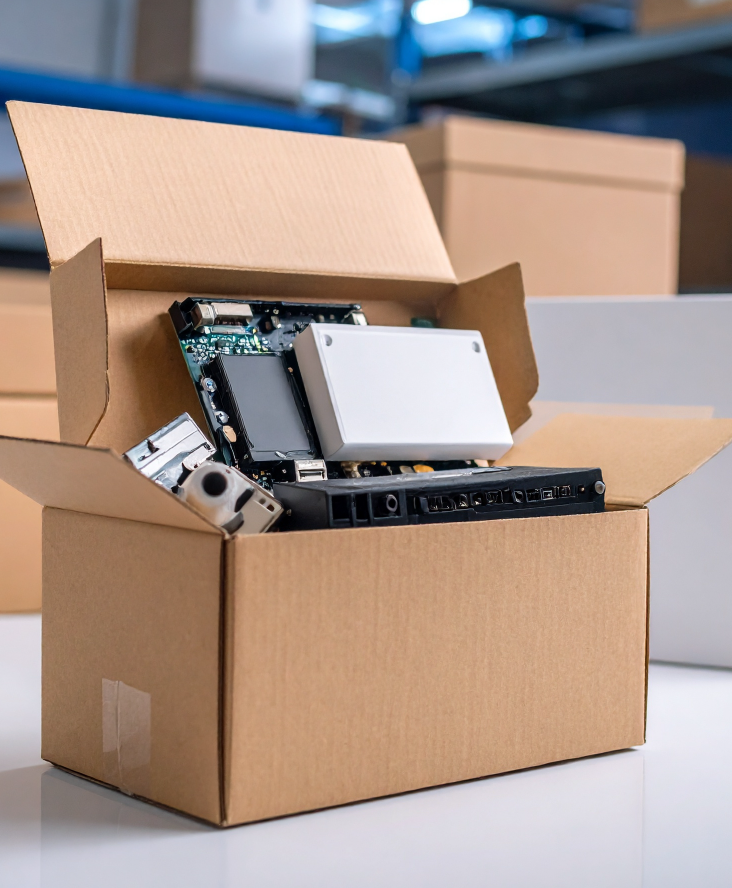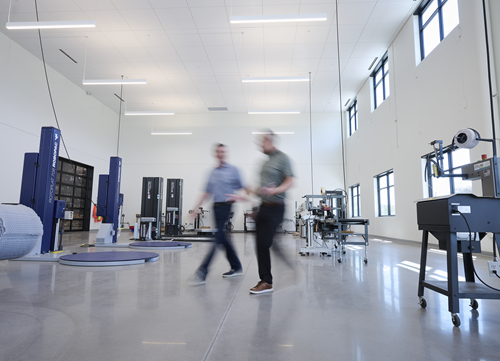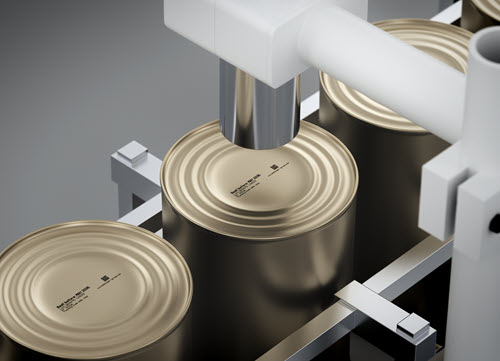You have new quote information.
View My Dashboard
×
-
Sign In / Register
-
-
Hello, {{vm.session.firstName}} My Account
Account Management
Profile Info
Customer
{{::vm.session.billTo.firstName}} {{::vm.session.billTo.lastName}}
{{::vm.session.billTo.companyName}}
Customer #: {{::vm.session.billTo.customerNumber}}
Sales Rep
{{::vm.session.properties.primarySalesPerson}}
{{::vm.session.billTo.email}} {{::vm.session.billTo.phone}}
-
-
My Cart ({{vm.cart.totalCountDisplay}})
-
Products
-
Equipment
-
Case SealingStretch Wrap SystemsContinuous Inkjet Printers
- Brands
-
Automated Packaging SystemsClamcoCombiEasteyFelinsFrommHighlightIntertape Polymer GroupKallfassLeibingerMoscaOrgapackGreenbridgePregisRobopacShanklinSquid InkStraPackStraub Design Company
- Custom Packaging
-
Inside the BoxOutside the BoxAerospace & DefenseEcommerce & FulfillmentElectronicsFood & BeverageIndustrial/OEM
- SSI Services
-
Proactive Inventory ManagementPackaging Assessment
- About Us
-
Overview
-
Protect Your BrandReduce CostsIncrease Productivity
-
Using Ink-jet Technology for Packaging EfficiencyOptimizing Packaging Operations with Portable Stretch WrapperCustom Packaging for Audio EquipmentMagnetic Tape Strips for Retail Display Graphics
- Products
- Equipment
- Brands
- Custom Packaging
- SSI Services
-
About Us
- Overview
- Packaging Profitability
-
Customer Success
- Using Ink-jet Technology for Packaging Efficiency
- Optimizing Packaging Operations with Portable Stretch Wrapper
- Custom Packaging for Audio Equipment
- Magnetic Tape Strips for Retail Display Graphics
- Protective Corrugated Pack
- Reducing Labor with a Hook & Loop Coins Solution
- Productivity Through Automation
- Manufacturer Reclaims Warehouse Space for Production
- Food Producer Eliminates Unplanned Downtime
- Custom Foam for Industrial Supplies
- Culture & Careers
- Packaging Papers
The
Packaging
PapersThe
Packaging
PapersSummary. Packaging does more than protect—it strongly shapes how customers perceive your product and brand. The unboxing moment sets expectations for quality and can spark satisfaction, referrals, and social sharing. Sustainability now plays a major role too, with over 60% of U.S. consumers considering sustainable packaging in their purchase decisions. To improve customer... experience, treat packaging as part of the product, involve engineers early, avoid defaulting to the cheapest option, balance protection, appearance, and sustainability, and use packaging as a strategic way to stand out.Show moreHow Packaging Shapes Perception (and Profits)
Most people understand that good packaging can make or break your products—literally. But what’s often overlooked is how much packaging influences something far more powerful: perception of your product. In today’s market, packaging isn’t just a protective layer. It’s a silent ambassador for your brand, shaping customer experience from the moment they see the outside of the box. The texture, weight, fit, and appearance of packaging all combine to create an emotional impression that directly affects how your product—and company—is perceived.
Unboxing = Judgment
In a 2019 study conducted by Pregis in collaboration with the University of Wisconsin, researchers explored the correlation between packaging and perceived product quality. The results were eye-opening: parcel packaging influenced the consumer’s perception of product value by 45%. Even more surprising? That dramatic difference in perceived value came with only a minimal increase in actual packaging cost. In one test, a package upgrade of less than 9% in cost yielded a staggering 7921% ROI in perceived value. That kind of return doesn't come from adding features to your product—it comes from elevating the experience of receiving it.
Why Packaging Perception Matters
First Impressions Stick: In e-commerce especially, the unboxing experience is the first physical touchpoint with your brand. It sets expectations for product quality, service reliability, and attention to detail.
Psychological Anchoring: A premium-feeling package “primes” the brain to expect a premium product. Even before the product is revealed, the brain is assigning value based on weight, material, and design.
Retention and Referrals: A positive unboxing experience doesn’t just improve satisfaction—it drives word-of-mouth. Well-packaged products are more likely to be shared on social media and recommended to others.
Sustainability Perception Is Value Perception
Sustainability is no longer a fringe concern. Consumers are increasingly judging brands based on the environmental impact of their packaging. According to a 2022 study by McKinsey, more than 60% of U.S. consumers consider sustainable packaging an important purchasing factor. That means your packaging decisions not only impact your carbon footprint—they impact your conversion rate.
Using recyclable materials, optimizing for dimensional efficiency, and communicating sustainability efforts through branding or QR codes can improve both your environmental impact and your customer perception.
How do I improve the customer experience through packaging?
Here are a few key takeaways for product and packaging teams:
- Don’t default to the cheapest option: Low-cost packaging may save money upfront but can cost you far more in perceived quality and brand damage.
- Involve packaging engineers early: Collaborate with a packaging partner from the outset.The right combination of protective performance, costefficiency, and customer appeal is rarely found through trial-and-error at the end of a project.
- Treat packaging as part of your product: Customers don’t separate the product from its packaging—and neither should you. Consider packaging as part of your brand experience, just like design or customer support.
- Balance protection, appearance, and sustainability: The most effective packaging protects the product and elevates its perceived value—all while meeting your company’s environmental standards.
- Use packaging as a competitive advantage: Whether it’s through enhanced customer experience, premium perception, or sustainable differentiation, strategic packaging can be one of the most cost-effective ways to stand out in a crowded market.

Additional Articles of Interest
Shipper’s Supply—Your Strategic Partner for Packaging Solutions
Shippers Supply | Oct 8, 2025
Unlocking Efficiency and Savings with a Packaging Assessment
Shippers Supply | Sept 10, 2025
CIJ Printers: The Best Solution for Coding and Marking
Shippers Supply | Aug 27, 2025
Looking for Special Design Work to Fit a Unique Product or Challenge?
Let’s create a custom packaging solution that saves you time, money and headaches—starting with a quick conversation.
-



